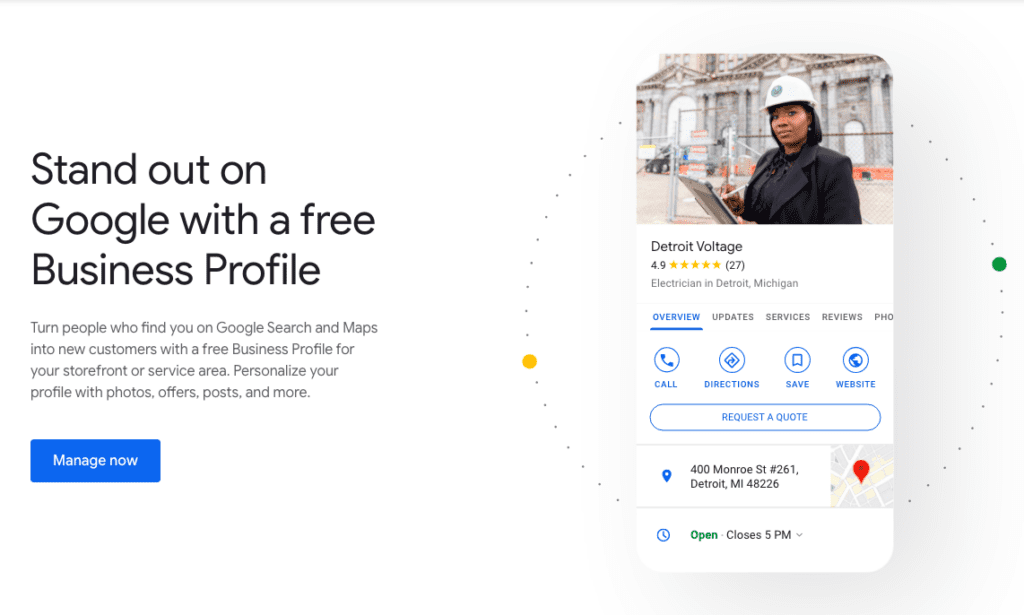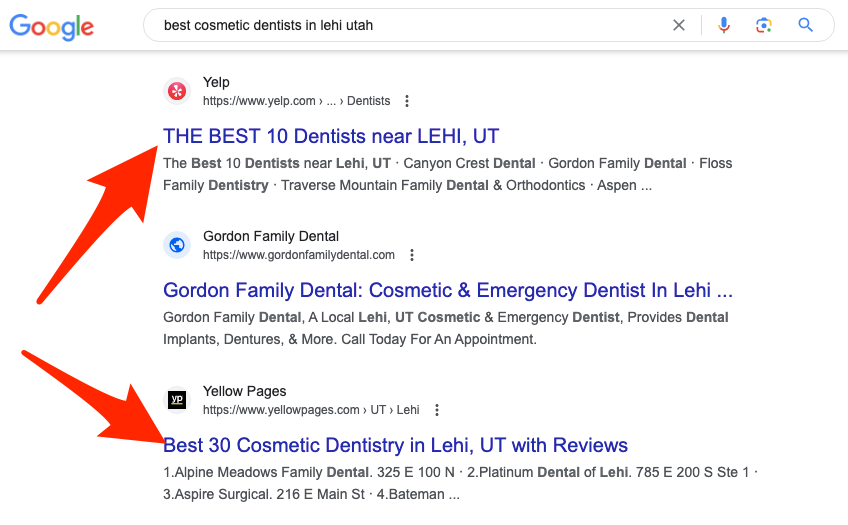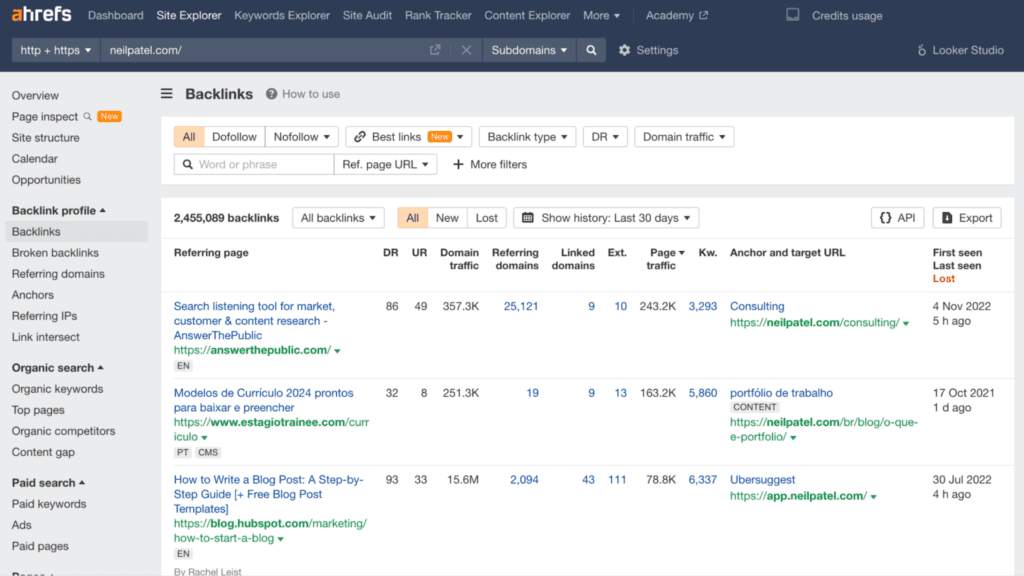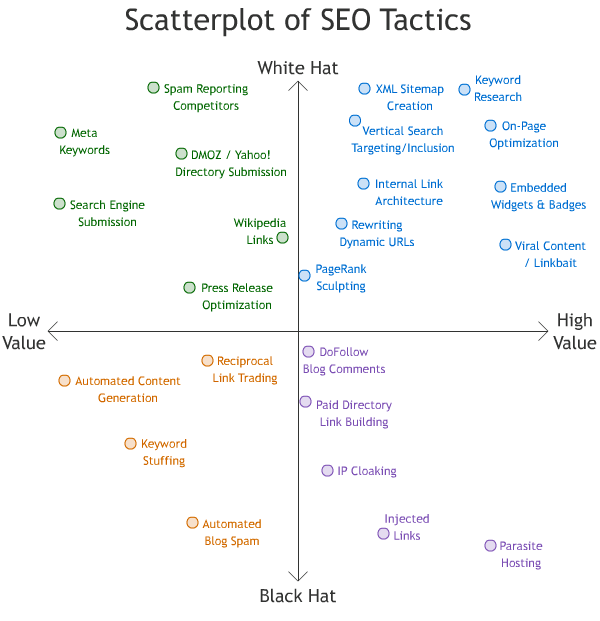Top Link Acquisition Strategies for SMBs

SMB marketing is not what it used to be a few years ago. The competition is fierce and with generative AI in the picture, things are changing rapidly. This is especially true with Search Engine Optimization (SEO.)
However, one major SEO strategy that has stood the test of time is link acquisition. It involves strategically obtaining backlinks to your website from other sites.
Link acquisition is about more than just collecting any links. It’s about securing quality links that enhance your site’s authority and visibility in search engine results.
Search engines like Google use the authority, quantity, and relevancy of backlinks to different websites to rank them on search results. Which is why, backlink acquisition is one of the most crucial strategies that will help you gain traffic and drive more revenue.
In this article let’s delve into the top 7 link acquisition strategies for SMBs and discover how you can leverage these tactics for organic growth.
Why is Link Acquisition Important for SMBs?
Link acquisition is crucial for SMBs due to several reasons:
- Enhances search engine visibility: Quality backlinks improve search engine rankings, making your business more visible to potential customers.
- Boosts website traffic: Links from reputable sites drive relevant traffic to your website, increasing potential customer engagement.
- Builds credibility and trust: Links from authoritative websites signal to search engines and users that your business is trustworthy and credible.
- Supports brand building: Strategic link acquisition helps in building and reinforcing your brand identity online.
- Competitive edge: Having a robust link profile can give you an advantage over competitors in search engine results.
7 Top Link Acquisition Strategies for SMBs
Now that you understand how beneficial can link acquisition be for SMBs, here are the top 7 strategies along with actionable tips to help you with the same:
1. Guest Blogging
Guest blogging is a strategic approach for link acquisition, especially for SMBs. It involves writing valuable content for other reputable websites in your industry. This allows you to include backlinks to your site.
- Start by identifying reputable blogs in your industry. Focus on those that align with your business niche and have a significant audience. You can do this by running a Google search for “<your_niche> + write for us”

- Next, reach out to them with a well-crafted pitch, offering to write a guest post using an outreach automation tool.
- Focus on creating content that’s both informative and engaging. An AI content writer can be a valuable tool in achieving this goal, as it can generate high-quality content tailored to your specific niche and target audience.
- When writing your guest post, naturally integrate backlinks to your website. These should add value to the article, rather than appearing forced.
- After publishing, promote your guest post on your social media channels and website. This will drive traffic to the host blog and also enhance your own brand’s visibility.
2. Creating and Optimizing Business Profiles
A major problem faced by SMBs is incomplete or inconsistent business information across various channels. For instance, while looking for your business information online, people may find some details missing or inconsistent across different directories. This creates a poor user experience and turns prospects away.
To tackle this, you must optimize your business profiles and provide consistent information everywhere. This includes your Google My Business (GMB) profile. This is your business profile on Google helps you manage how your business shows up on Google search results.
- Complete all information: Fill out every section of your profile, including business name, address, phone number, and hours of operation.
- Use keywords: Incorporate relevant keywords into your business description naturally.
- Regularly update information: Keep your information up-to-date, especially regarding changes in hours or services.
- Set up other profiles: Start setting up profiles on major social media platforms and professional networks like LinkedIn. Ensure that these profiles are complete, with detailed information about your business and a link to your website.

3. Directory and Citation Building
Directory and citation building are key for enhancing your online presence as an SMB. This involves submitting your business profile and website to the top business directories.
- You can start by identifying directories relevant to your industry. Focus on high-quality, reputable directories that are respected in your field. You can find this through a simple Google search. Or you can target directories where your competitors are listed.

- Next, submit your business information across these platforms. The key is to provide accurate and consistent information throughout all directories.
- Remember to monitor your listings regularly to ensure the information remains accurate and up to date. Respond to any reviews or comments on these directories, as active engagement can further boost your visibility and reputation.

4. Creating High-quality Content
Developing high-quality content is a fundamental strategy for link acquisition. Because at the end of the day, good content is what attracts links, builds credibility, and makes the entire process easier.
- Focus on creating content that is informative, engaging, and actionable.
- Diversify and include different content types. Content types like infographics, original research, and statistics are what naturally attract more links.
- Link acquisition doesn’t end with creating good content. You must also reach out to people for link acquisition. You can do this by using tools to scrape LinkedIn contacts and send them personalized emails with links to your content.
5. Leveraging Marketing and PR Efforts
SMBs can utilize every marketing and PR effort as an opportunity to gain backlinks. This includes incorporating backlinks in digital press releases, marketing campaigns, and public engagements.
- The first step is to identify opportunities in your marketing and PR activities where you can naturally include backlinks to your website.
- You can incorporate backlinks in digital press releases about company news, product launches, or significant achievements.
- You can do this by setting up cold email campaigns for digital PR. Personalize these emails to maximize the chances of success. Make sure to validate the email addresses using verification tools before sending them.
6. Competitor Backlink Analysis
Chances are that your top competitors are a couple of steps ahead of you when it comes to backlink acquisition. However, the good news is that they have already done the work for you. So, analyzing your competitors’ backlink profiles can offer valuable insights for your link acquisition strategy.

Source: Screenshot ahrefs
- You can begin by identifying your main competitors and using SEO tools (like Ahrefs or Semrush) to analyze their backlink profiles. Look for patterns in the types of websites linking to them and the content that is being linked.
- Then identify high-quality backlink opportunities that your competitors are utilizing. Consider how you can also engage with these websites or create similar high-value content that could earn you backlinks.
- Reach out to these competitors, offering links to your site’s resources. You can also choose to automate this outreach to acquire more backlinks in a short time.
7. Image Link Building
Image link building is an underutilized yet effective strategy. This link acquisition strategy involves creating original, high-quality images and infographics that naturally earn backlinks.
- So, start creating original, high-quality images like infographics, photographs, or illustrations relevant to your industry. These images should be both informative and visually appealing to encourage sharing.
- Watermark your images with your business logo or website URL. This ensures that your brand gets recognition even when the images are shared or used by others.
- Periodically run Google image searches for these images to find sites that are using these images, but are not linking to them. You can set up cold email campaigns to reach out to these sites and ask them for a backlink. Use a good email software and make sure your emails are getting delivered.
Here is an example of a successful Infographic:
The page received links fom 164 pages on 66 different domains.
Keeping Track of Backlink Acquisition Efforts
Keeping track of your efforts is crucial for evaluating the success of your link-building strategies. You can do so by using SEO tools to monitor new backlinks as they are acquired.
These tools can provide insights into the quality of the backlinks and their impact on your SEO performance. They also let you know if there are any spammy links to your site.
Make sure to regularly analyze the data to identify which strategies are most effective. You’ll know where there is room for improvement.
By systematically tracking and analyzing your backlink profile, you can make informed decisions to continuously improve your link-building strategies and achieve better results.
Building an Effective Link Acquisition Strategy with Boostability
Work with Boostability to create a tailored link acquisition strategy that aligns with your business goals and target audience. This includes selecting the appropriate tactics from guest blogging to directory submissions, based on what will work best for your specific market. The Boostability team is dedicated to helping SMBs succeed online and you could be one of them.
As a next step, you can start reflecting on how these methods can be integrated into your digital marketing plan. Think about the specific needs and goals of your business, and consider which strategies will be most effective for you.
I encourage you to share your thoughts and experiences. How do you plan to implement these strategies? What challenges do you anticipate? Your insights and questions are valuable, so feel free to leave a comment and join the conversation.


